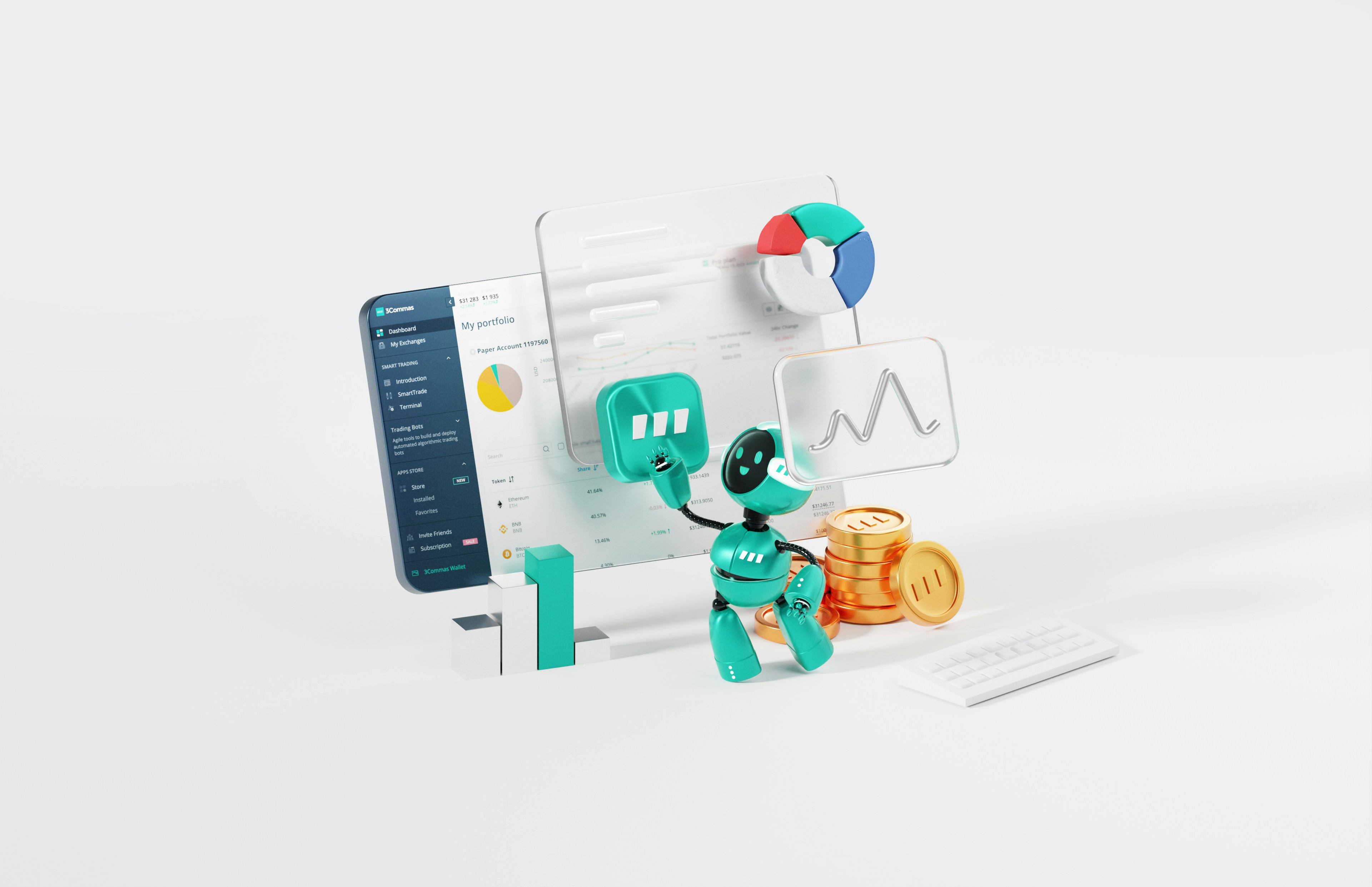Strategies for Increased Conversion
In the moving industry, converting leads into customers is a challenge that requires persistence, strategy, and the right communication approach. One of the biggest hurdles movers face is making initial contact with leads and ensuring they remain engaged over time. A well-structured lead follow-up strategy can significantly increase connection rates while also nurturing leads that take longer to convert. Below are key tactics to optimize your lead follow-up process and maximize your chances of securing more bookings.
1. Speed Matters: Follow Up Quickly and Efficiently
Time is critical when following up on leads. Studies show that responding within the first five minutes can dramatically increase the chances of engagement. Movers should aim to reach out as soon as possible via multiple communication channels, such as:
Phone Calls: The most direct method for establishing a connection.
Emails: A professional and documented way to share details.
SMS & WhatsApp: Quick and convenient for leads who prefer texting.
If a lead doesn’t respond to the first attempt, follow up at different times of the day to increase the chance of reaching them.
2. Multi-Touch Approach: Diversify Contact Methods
Not every lead will be reachable through a single channel. Some customers prefer calls, while others respond better to emails or texts. A structured multi-touch approach ensures better engagement. Consider the following follow-up sequence:
Immediate Call: Within minutes of receiving the lead.
Follow-up Email: Reiterate key details and value proposition.
SMS Reminder: A short message reinforcing urgency.
Second Call Attempt: If the first call is unsuccessful.
Long Term Nurturing: Retarget customers over the course of weeks/months
3. Personalization is Key
Generic follow-up messages rarely generate high response rates. To capture attention, personalize your communication by mentioning:
the customer’s specific moving needs;
the destination and timeframe of their move;
any previous interaction or inquiry details.
Using a CRM can help track and automate personalized messaging based on lead interactions.
4. Overcoming the “No Response” Challenge
Studies have shown that over half of all leads do not respond in the first few weeks of engagement. Most of these leads are still concrete, but the time of contact is just not perfect. Instead of discarding them as lost, implement a structured long-term nurturing strategy:
Drip Email Campaigns: Send periodic emails with useful content such as packing tips, cost-saving strategies, and moving checklists.
Exclusive Offers: Occasionally, offer discounts or special deals to re-engage inactive leads.
Retargeting Ads: Use online ads to keep your brand visible to unresponsive leads.
Check-in Calls: A friendly reminder call after a few weeks to see if their plans have progressed.
Consistency is key—sometimes a lead that ignored initial contact may engage weeks or months later when they are ready to book.
5. Automate While Keeping It Human
Leverage technology to streamline follow-ups without losing the human touch. Tools like Zoho CRM, HubSpot, or Salesforce allow movers to:
schedule automated email sequences;
set reminders for manual follow-ups;
segment leads based on engagement levels.
However, ensure automated messages still feel personalized and human to avoid appearing overly robotic.
6. Persistence Without Being Pushy
There is a fine line between being persistent and overwhelming a potential customer. Aim for a balanced follow-up cadence:
space out follow-ups (e.g., every two to three days initially, then weekly if there’s no response);
offer value in each interaction rather than just asking if they’re ready to book;
know when to pause—if after multiple attempts there’s no response, move them to a long-term nurturing track instead of continuous aggressive pursuit.
7. Tracking and Analyzing Follow-Up Effectiveness
Measure the success of your follow-up strategy by tracking:
call answer rates;
email open and response rates;
conversion rates from lead to customer;
the best-performing channels and times for follow-ups.
Adjust your approach based on what data reveals to optimize future efforts.
Final Thoughts
An effective lead follow-up strategy blends speed, personalization, persistence, and automation to maximize conversions. Movers who implement a structured follow-up system will not only improve their immediate connection rates but also maintain a steady pipeline of nurtured leads who may convert at a later stage.
By combining quick response times, diversified communication, and long-term engagement tactics, movers can significantly increase their chances of turning more leads into paying customers - both in the short and long term.
Vendors
Meer van dit









